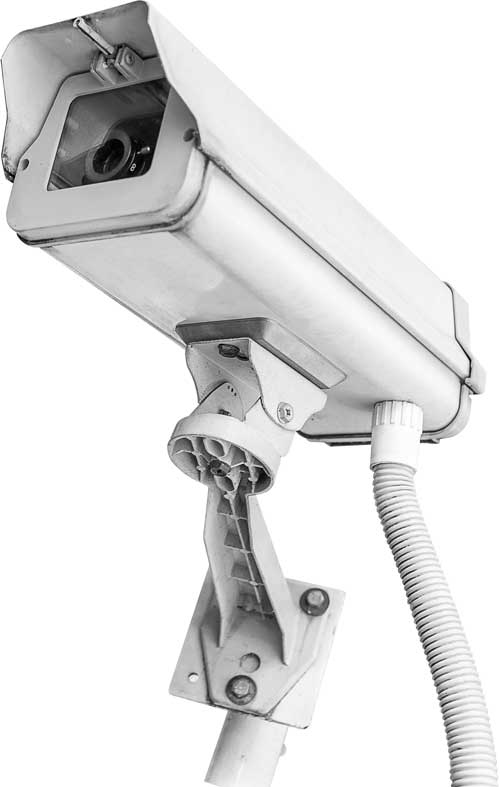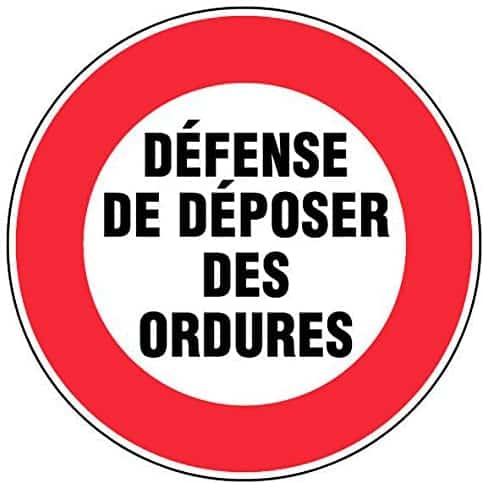5 tools to fight against illegal dumping selected by Karroad
Illegal dumping
Lncidental dumping is as old as the cities themselves. From time immemorial, the fight against waste has been a real societal issue. Moreover, scientists are interested in this past management of recycling and waste management in Ancient Rome. You can read an article here :
As you can see, the problem is old, but the subject is still relevant. Not a week goes by without the news reminding us that illegal dumping is a critical issue, both politically and environmentally. Indeed, a waste thrown in nature is a waste that will contaminate the environment, more or less long. It is also a gesture eminently political because to pollute the city, not to respect the commitments towards its fellow-citizens, it is heavy of stakes.
Table of Contents
1. Video surveillance or video protection cameras
Video surveillance cameras (CCTV) have invaded the common space. The city is now full of cameras. People are used to their presence, identify them easily and know where they are.
In Karroad, we think that video surveillance cameras are perfect for protecting buildings, but clearly unsuitable for fighting against illegal dumping if we stay within a legal framework. Numerous studies show this.
2. The hunting cameras called photographic traps
You have understood that installing and using a video protection camera requires a heavy installation, both legal and technical. To overcome this deficit, there is the possibility of using hunter type cameras called photographic traps. Equipped with leds, it also allows to take pictures at night. The principle is simple: a movement is equivalent to a photo. It is practical because as soon as there is a movement, a photo is taken, with a more or less strong temporization. Equipped with LEDs, the cameras with automatic triggering
In Karroad, we always find it a bit of a pity that there is never a simple reminder of the waste disposal centers and their openings. This should be tried.
3. Posting and reminder of the law
To inform is already to educate. To encourage the acculturation of people so that they no longer contravene the law. The idea is to remind them of the law by explaining to them that they risk a fine. You get the idea: reminding people who are committing an offence that they are committing an offence would be useful. We have doubts about the usefulness of such displays.
No garbage on Amazon sign as an example.
The panel is industrialized, it costs on average about ten euros.
In Karroad, the system has clear advantages: inexpensive (about thirty euros), practical. It is proposed in some cases. You have to keep in mind two things: the quantity of astronomical pictures produced and the time needed to manage these pictures. On this subject, Karroad would be happy to discuss with you.
4. Anti-littering applications
Clean2gether, GreenR or Waster are the main applications of this type. The idea is to involve citizens and give them an easy to manage channel for town halls to list the communes.
The City Council is aware of dumping and can intervene. However, this addresses the problem of detecting dumping but does not address the source.
Moreover, the higher the level of cleaning service, the more citizens feel that it is a right, and therefore take advantage of it. An indicator: the number of littering incidents should be decreasing, but in many cities it is still increasing.
Saying where there are dumps and dumping sites is good, fighting against them is even better.
In Karroad, we think that the system is coherent as long as there is a repressive component. A purely informational component just risks raising the level of services and therefore being counterproductive: the number of illegal dumping sites must be limited and not just to limit the time it takes to deal with illegal dumping.
5. Karroad solutions
On October 27, 2003 the first automatic radar was inaugurated. It was an answer to a known problem: the police cannot monitor all the time the offences 24 hours / 24.
Other solutions exist: fixed price of restoration, photographic trap,...
Any questions? More information?
Our mail : [email protected] - 04 22 46 15 88


